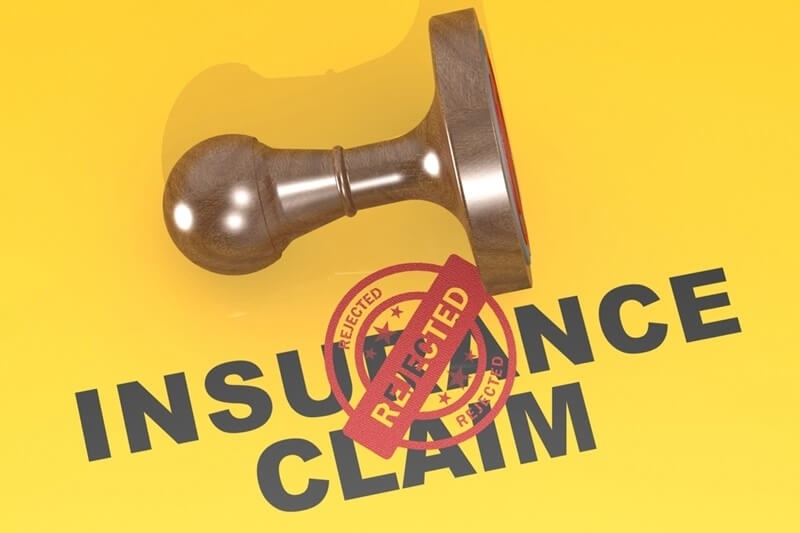
It is extremely normal for someone to feel unfair because of denied insurance claims. It creates a situation of confusion and frustration. This is because people mostly do not always understand what went wrong or how they can fix it.
However, a denied claim is not the end because there is a method to overturn this decision. In this blog, you will learn what to do when a claim is denied and how to appeal against this decision.
Before doing anything else, it helps to understand why claims are denied. It’s not always a big mistake. Sometimes, it’s something small. And sometimes, it’s just a misunderstanding between what’s written in the policy and what was claimed.
Some of the top reasons claims get denied are listed in the following points:
There is a high chance of your claim being rejected because of a single missing detail. Thus, you should always be careful while filing your insurance claim.
Without the right documents that support your reason for claiming the insurance, your chances of clearing the review phase diminish.
There is always a deadline for filing your claims, and if it crosses that time period, the claims are usually denied automatically.
There are some treatments or damages that may not be part of the plan, because of which it can get rejected.
Once the reason is clear, it’s easier to take the next step. Sometimes fixing an error or sending one more document is all that’s needed. Other times, it takes a formal appeal to get a fair review.

Every denied claim comes with a notice. It may look formal, but that paper tells the full story. It explains why the claim was denied and what can be done next. Reading it carefully is the first step to fighting back.
After reading, it’s time to collect everything related to the claim — copies of forms, receipts, bills, medical reports, or any communication. Keeping everything together makes the process smoother. This small step can make a big difference later when preparing the appeal.
When it comes to how to dispute a claim denial, the process may seem long, but it’s more about staying calm and following the steps carefully.
Here’s a simple appeal process guide:
Step 1: Start with the internal review because most insurance providers have an internal appeal process. Therefore, you need to write to them explaining why the denial should be looked at again.
Step 2: Provide additional documents and evidence to support your appeal and make it stronger.
Step 3: Keep all communication records because it will act as a proof in case of any type of confusion.
Step 4: Ask for an external review if the internal review doesn’t help. You can opt for an external or independent review to make sure you get what you deserve.
Step 5: Regular follow-ups are essential for you to remind the insurance company that the case matters and should not be left pending.
Each of these steps brings the appeal closer to a fair review. It’s about being patient but firm. The clearer the information, the higher the chance of success.
When fighting a denial, a well-written claim appeal letter can make a real difference. It’s not about writing long sentences or complicated words. It’s about explaining things in a way that’s clear, honest, and easy to understand.
The following points will explain how you can write a claim appeal letter effectively:
A good letter doesn’t need to sound perfect. It just needs to show the reviewer that the person has a valid reason and has provided all the facts.
Getting a denied claim reinstated is not easy, but it’s possible. It just takes patience and clear communication.
With persistence, many denied claims are eventually reinstated. The key is not giving up too early.
Sometimes, the appeal process can feel too technical. But it becomes simpler when it’s seen as a step-by-step journey.
Each of these points keeps the process steady and helps the appeal reach the right hands.
Evidence is what makes or breaks an appeal. It’s not just about what someone says; it’s what they can prove. A strong appeal has all the right paperwork that connects every detail together.
Supporting evidence can include:
Each document adds strength to the case. It helps the reviewer see the full picture and make a fair decision.
Sometimes, the process feels long. But a few small habits can make it easier to handle:
These small habits make the whole experience more manageable and less stressful.
Dealing with denied insurance claims can feel stressful, but it’s not the end of the road. By following a clear appeal process guide, writing a strong claim appeal letter, and understanding how to dispute claim denial, anyone can give their claim a fair chance at approval. With patience, persistence, and the right documents, denied claims can often be reinstated successfully.
This content was created by AI